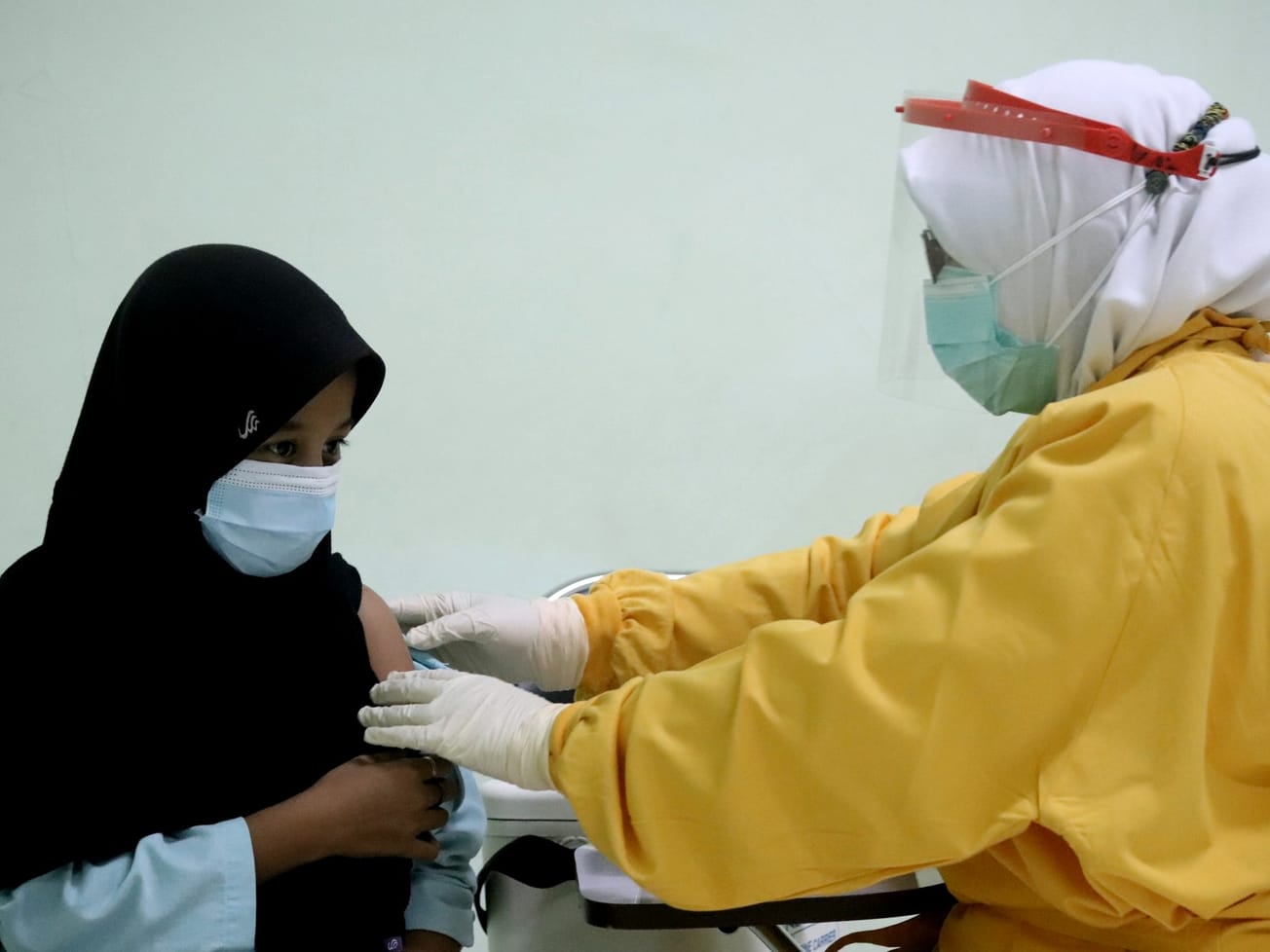The new U.N. Emissions Gap report shows business as usual puts the world on pace to reach 3° Celsius of warming since pre-industrial times – double the 2015 Paris Agreement's preferred threshold.
The good news is that the technology exists to prevent this, the U.N. Environment Program, or UNEP, reported on Thursday, but even if nations uphold all of their promises the warming will still rise to 2.6° C.







